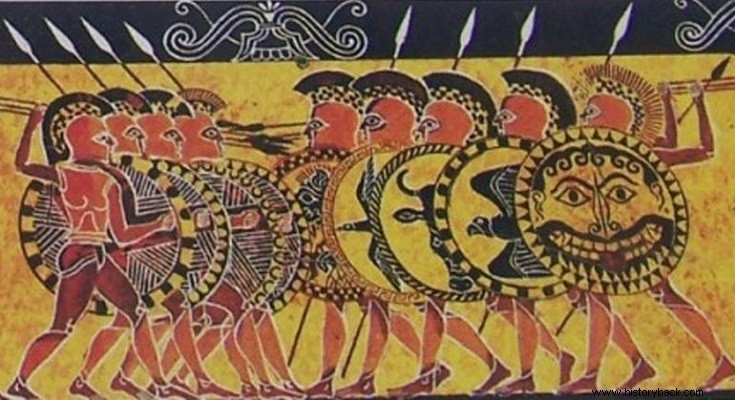
The largely unknown battle of the Hysias took place in 669 (or 668) BC. in the homonymous region of Argolis between Argives and Spartans and was an event of enormous importance for political and especially military developments in the Greek area.
Hysias, according to the traveler Pausanias, was located near the borders of the state of Argos and Sparta, east of Tegea and is identified with today's Achladokampos. Pausanias in his Arcadia refers to the battle, writing that the Argives under Pheidon defeated the Spartans.
"Here is the common grave of the Argives who defeated the Lacedaemonians in the battle of the Hysias. The battle took place when Peisistratos was named archon in Athens, in the fourth year of the 27th Olympiad... Approaching downwards you see the ruins of Hysias which was once a city and where the Lacedaemonians were defeated", writes the ancient Traveller.
There are no other reports of the battle. Since ancient times, however, it was believed that the reason for the victory of the Argives was the phalanx tactics they applied, for the first time, based on their "secret" weapon, their shield, the so-called "Weapon" - hence the hoplites. It is not by chance that this shield was called Argolic.
The Argolic weapon had an average diameter of 90 cm. It was called Argolic because, according to tradition, the inventor of the phalanx itself, as well as of the formation of the phalanx, was Heraklides King of Argos Pheidon. Pheidon remains to this day an enigmatic personality, about whom we know little (probably there were two kings from the Temenid house with the same name, the oldest of whom reigned in the 9th century).
During his days – first half of the 7th century – the city of Argos became the first power in the Greek area. Pheidon also placed Aegina under his authority and minted the first Greek coins, the famous turtles. The defeated, as well as the other Greeks, quickly copied the formation of the phalanx. The revolution in military art had been achieved.
